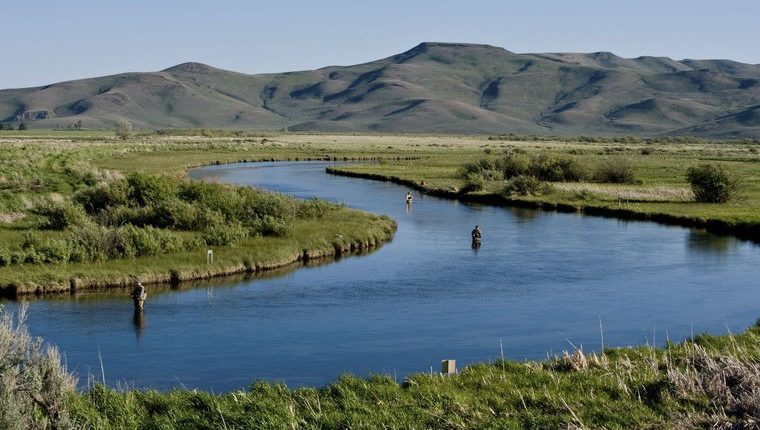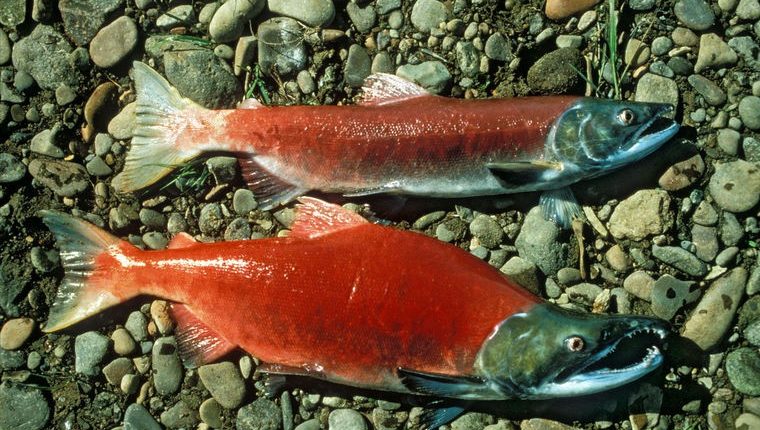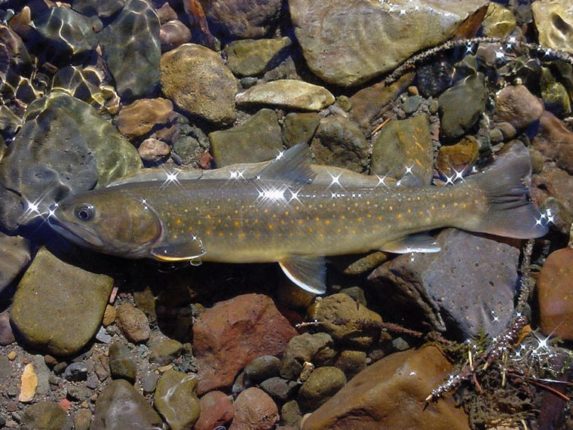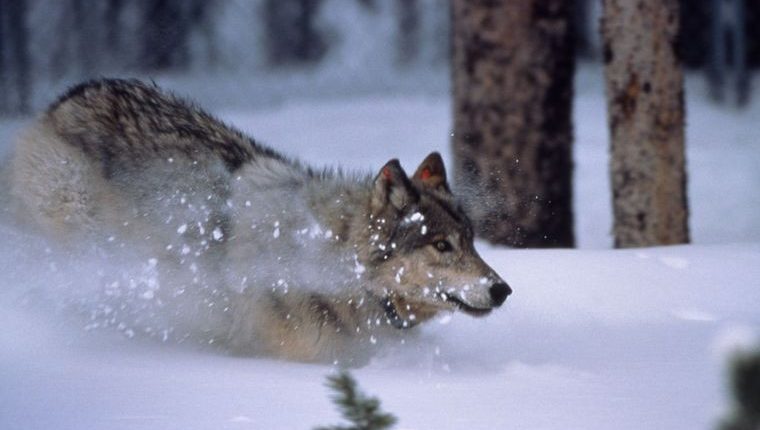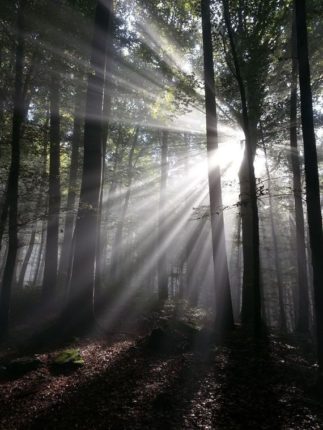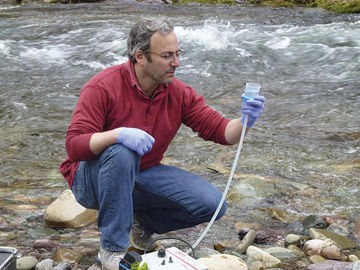The reputation of what is generally considered Idaho’s premier and nationally renowned fly fishing destination has taken a beating after three years of drought, but Silver Creek could get its groove back this season as abundant water fills its channels.
With the fishing season opening this weekend, anglers hope the resurgence draws brown and rainbow trout to bite artificial flies dancing on the stream’s mirror-smooth surface. The area, which attracted luminaries such as Ernest Hemingway in the 1940s, also is a prime spot for birders and nature enthusiasts.
“I think we certainly were seeing the effect of the drought on the creek,” said Silver Creek Outfitter’s guide Bret Bishop. “What I’m hoping is that this year with better flows, we’ll see the fish spread out.”
The approximately 4 miles (6.5 kilometers) of fishable water is divided into the Nature Conservancy’s publicly accessible Silver Creek Preserve, a private ranch with pay-to-play rules, and a public section managed by the Idaho Department of Fish and Game.
Bishop said low water forced fish from much of the preserve last season, likely to deeper water where the creek was dredged on the private ranch, leaving much of the preserve empty of anglers during prime fishing season. Work at the ranch also included putting in a fish passage at a century-old irrigation dam.
Fish will likely be back this weekend, Bishop said, and the Nature Conservancy is preparing for an onslaught of anglers at the creek about 50 miles south of the resort towns of Ketchum and Sun Valley. Sunny Healey, preserve manager, said she expects up to 100 people at a free public barbecue Saturday.
“It’s opening day, and people haven’t been able to fish for six months,” she said. “And it’s supposed to be a very beautiful weekend.”
The water flowing through the creek is at 226 cubic feet per second, more than double the average. It’s also well above the 35 cubic feet per second recorded last September. Healey said water temperatures pushing 70 degrees and a low dissolved oxygen content in the creek last year were bad for fish.
While this year is looking good, scientists say the long-term outlook is less clear because the 86-square-mile Wood River Valley aquifer system that feeds the creek is under increasing pressure from population growth.
Jim Bartolino, a ground water hydrologist with the U.S. Geological Survey, said the problem is most evident in dry years when less water goes through canal systems and less melting snow refill the aquifer and when ranchers are forced to pump groundwater.
“It’s kind of a triple whammy,” he said.
But things are changing as farmers and ranchers switch from flood irrigation to more efficient sprinkler systems that result in less water seeping into the ground and making its way to refill the aquifer.
Ranch owner Nick Purdy sells annual club memberships to fish the creek through his property but said he only discusses rates with potential clients.
Access to the state-owned section downstream is free, but Bishop said fish have been scarce in that area in recent years. It’s possible that cooler water flowing out of the deeper areas on Purdy’s ranch could improve fishing, Bishop said.
Bartolino, the hydrologist, also fly-fishes Silver Creek, trying to fool savvy trout that require nearly invisible fishing lines and artificial flies mimicking the insect hatch.
“I’m a horrible fly fisherman, and fishing Silver Creek is hard,” he said. “I just primarily enjoy the aesthetics of being out there.”
